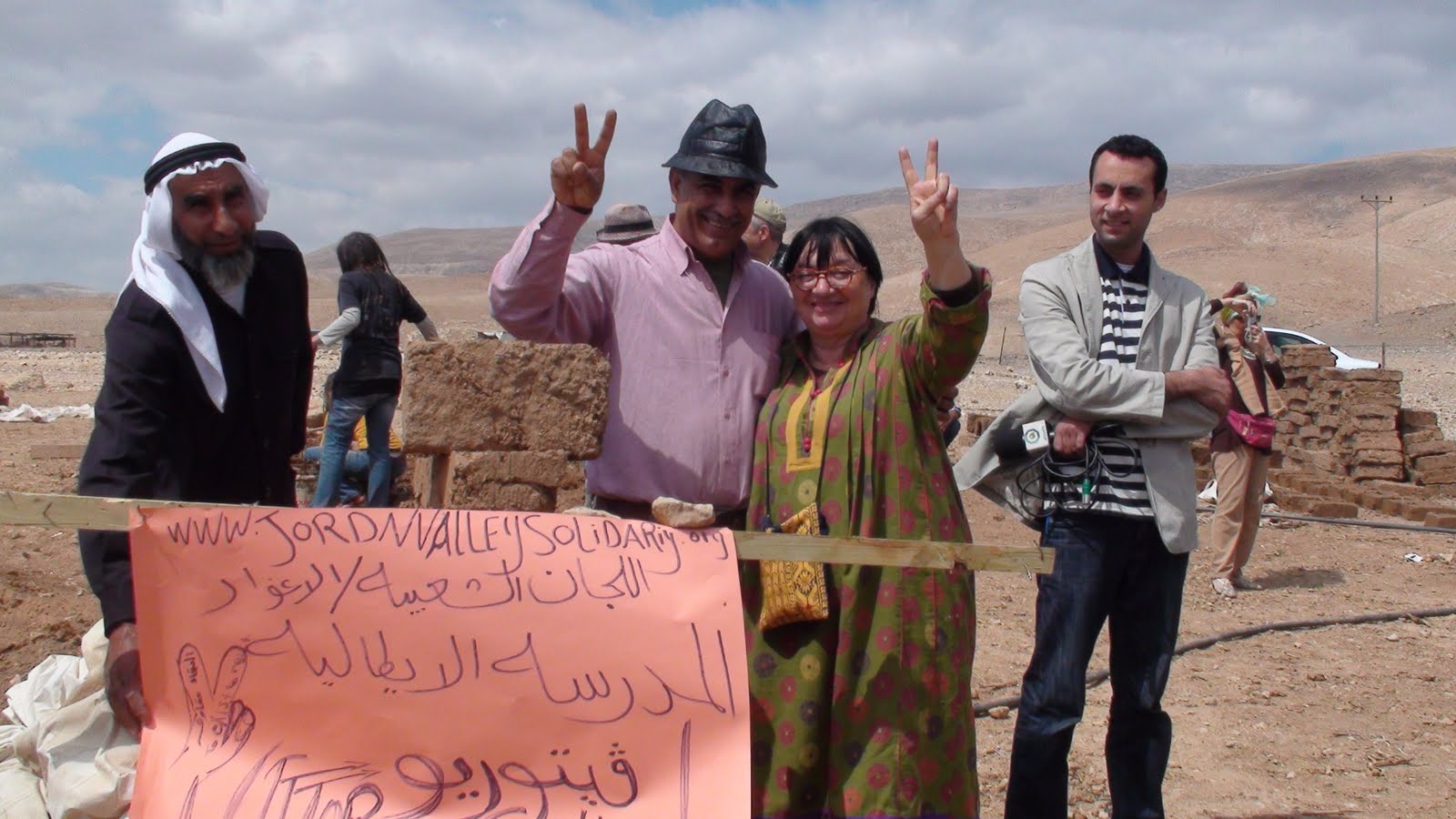Tag: Vittorio Arrigoni
-
Stay Human convoy enters Gaza
12 May 2011 | Vik2Gaza After leaving Cairo this morning at dawn, the 80 activists of the ‘Restiamo Umani’ convoy have entered Gaza at 4pm after crossing five Egyptian check-points. The convoy will remain in the Gaza strip until the 17 of May to meet the Palestinian people who day by day are trying to…
-
Jordan Valley school named after Vittorio
27 April 2011 | Jordan Valley Solidarity On Monday 25th the first brick was laid for a new school in the Jordan Valley. Volunteers from the Jordan Valley Solidarity working with Ras Al Auja community members have been making mud bricks for the building during the last two weeks. On Monday morning, during the much…
-
Mourners gather in Palestine and Italy for Vittorio’s funeral
25 April 2011 | International Solidarity Movement Yesterday evening mourners gathered in Ramallah and Gaza in memorial events for ISM activist Vittorio Arrigoni. The events were planned to coincide with Vittorio’s funeral in Bulciago, Italy, which was attended by hundreds of people. In Ramallah, crowds gathered outside the municipality to hear speeches made by friends,…

